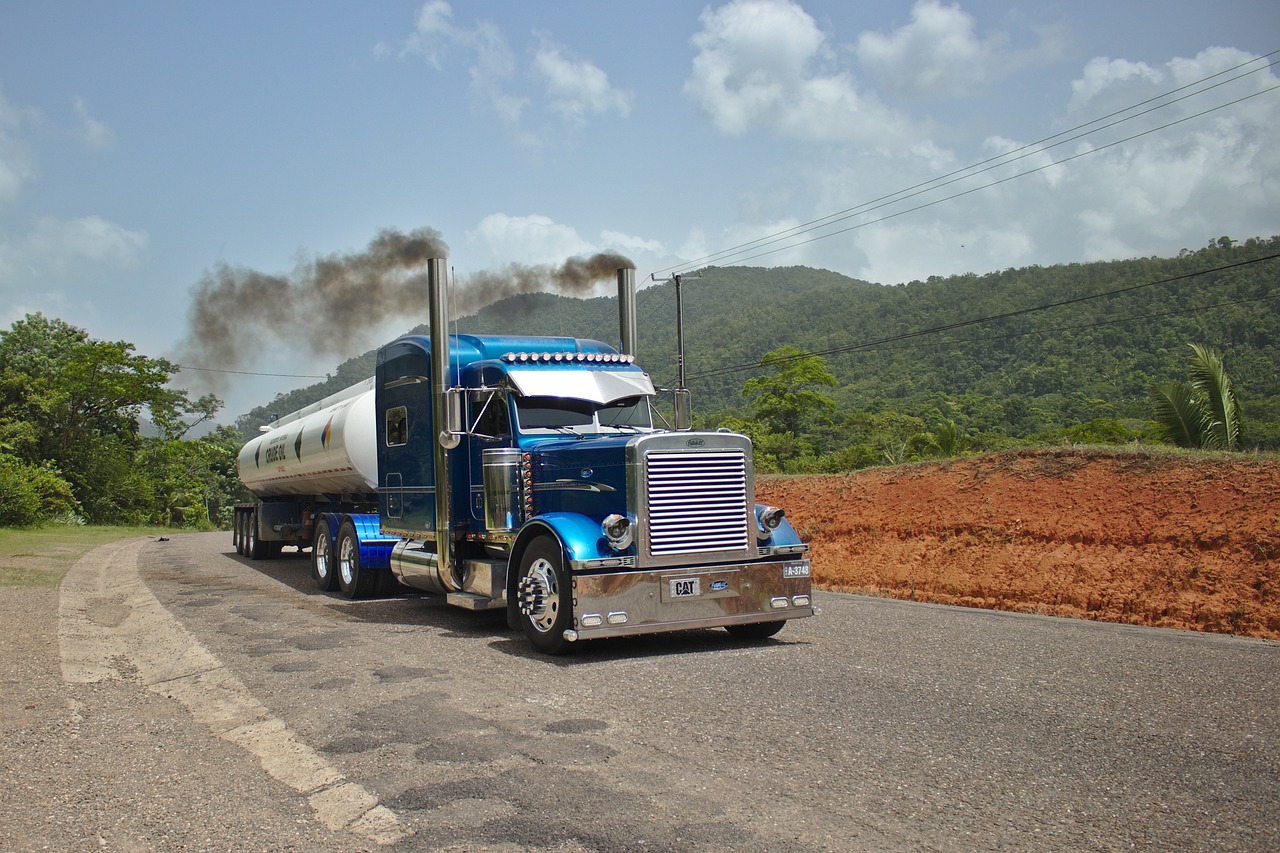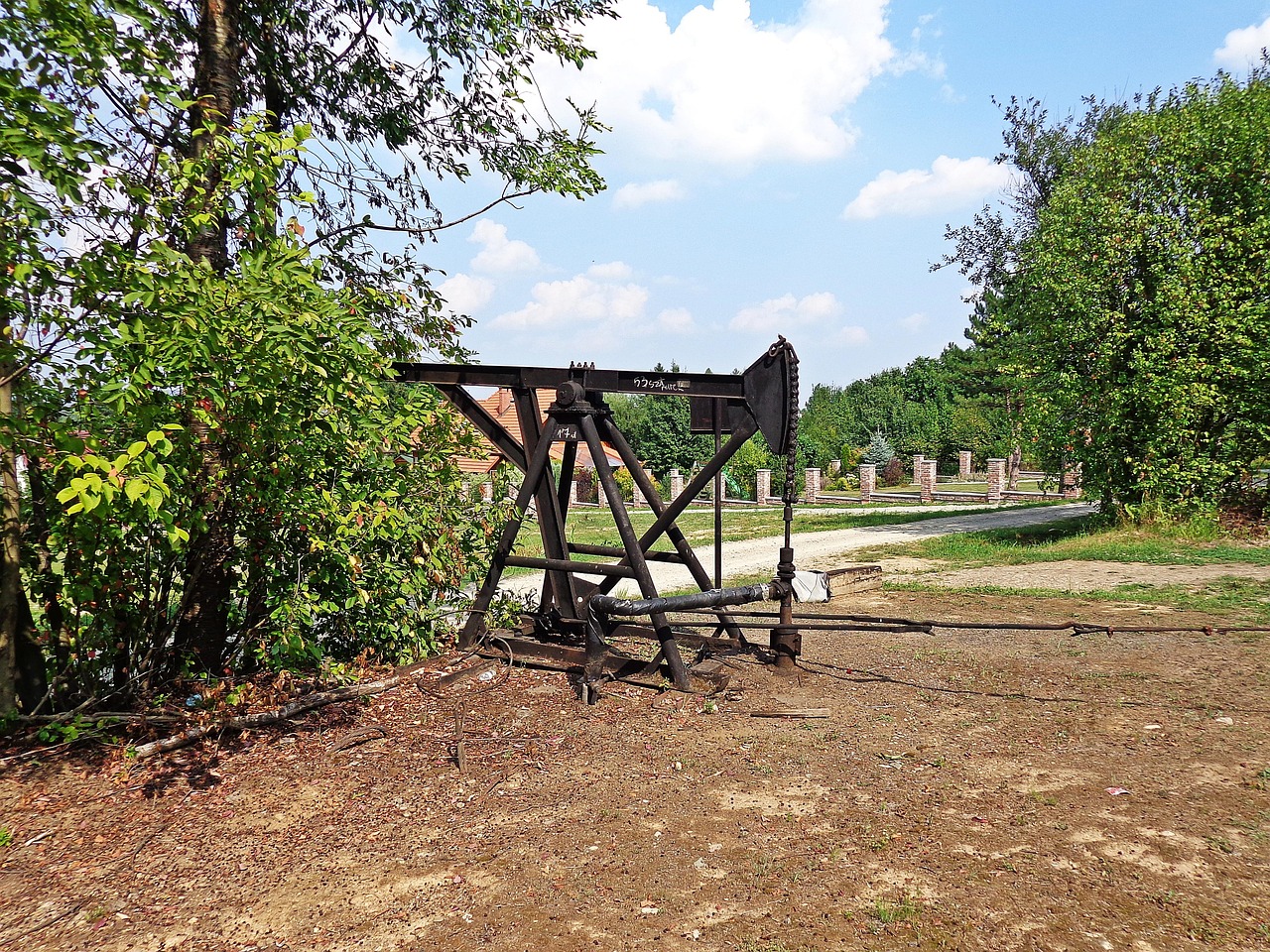
Overview of the East African Crude Oil Pipeline
The East African Crude Oil Pipeline project in Uganda promises significant economic benefits, yet it comes at a considerable social cost for many residents. Approximately 100, 000 people are being affected by the construction of this 900-mile pipeline, which is designed to transport crude oil from Uganda to the port of Tanga in Tanzania. The project is expected to generate around 160 million dollars in annual revenue for Uganda, a country heavily reliant on agriculture and struggling with poverty. However, the displacement of communities raises questions about the long-term sustainability of these economic gains.
Impact on Local Communities
The construction of the East African Crude Oil Pipeline has led to the displacement of numerous families, forcing them to leave their homes and traditional lands. Many affected individuals, such as Ukura Midar, 88, have been uprooted from their communities, leading to a loss of cultural identity and social cohesion. Reports indicate that around 12, 000 households will lose their homes, and this disruption can have adverse effects on local economies that depend on agriculture and small businesses. A study by the World Bank indicates that forced displacement can lead to a 50% drop in household income for affected families, compounding the challenges these communities already face.

Economic Promises vs Social Costs
While the Ugandan government and project proponents tout the economic benefits of the pipeline, including job creation and increased foreign investment, these benefits may not be evenly distributed. Research shows that large infrastructure projects often disproportionately benefit urban areas, leaving rural communities, where the pipeline is located, in a state of economic vulnerability. The International Monetary Fund reports that the oil sector could account for up to 30% of Uganda’s GDP by 2025, but this growth must be weighed against the social costs incurred by the displaced population.
Global Trends in Oil Infrastructure Development
The East African Crude Oil Pipeline is part of a larger trend in global oil infrastructure development that often prioritizes economic growth over community welfare. Similar projects in other regions have faced backlash for their impact on local populations, leading to protests and legal challenges. For instance, the Dakota Access Pipeline in the United States sparked significant public outcry over its effects on Indigenous lands and rights. According to a report from the United Nations, over 120 million people worldwide have been displaced due to large-scale infrastructure projects, highlighting a critical intersection between economic development and human rights.

Conclusion and Future Considerations
As the East African Crude Oil Pipeline continues to be developed, it is essential for policymakers to consider the long-term implications of such projects on local communities. Balancing economic benefits with social responsibilities will be crucial in ensuring that the promise of oil wealth does not come at the expense of human dignity and cultural heritage. Future discussions should focus on inclusive development strategies that empower displaced populations and mitigate the negative impacts of infrastructure projects.







